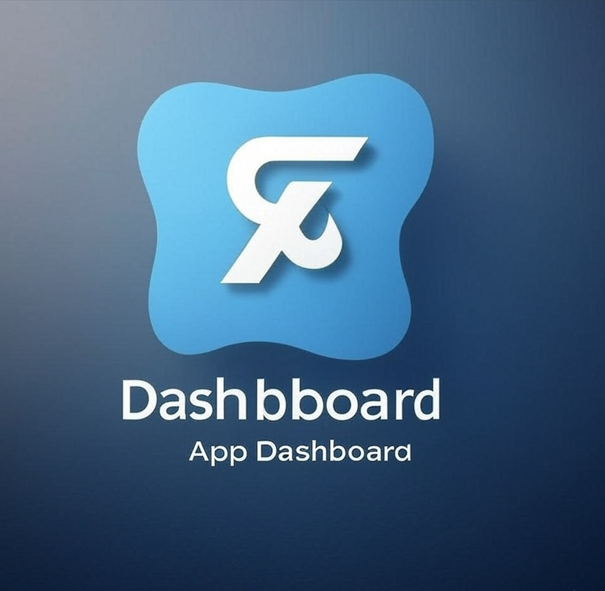3/21/2024
Examples of Core App Dashboard in Various Industries
Healthcare In the healthcare industry, Core App Dashboard is used to monitor patient data, manage appointments, and track medical equipment performance. This dashboard provide healthcare providers with real-time data on patient vitals, treatment progress, and resource utilization, enabling them to make informed decisions and improve patient care.
Patient Monitoring: Dashboards can display real-time data from patient monitoring devices, helping medical staff track vital signs and detect any anomalies promptly. Resource Management: By visualizing data on equipment usage and availability, dashboards assist in optimizing the allocation of medical resources. Finance Financial institutions leverage Core App Dashboard to track transactions, manage client portfolios, and monitor market trends. This dashboard offer comprehensive analytics and reporting tools that are crucial for making timely investment decisions and managing financial risks.
Portfolio Management: Dashboards can consolidate data from various financial instruments, providing a holistic view of client portfolios and performance metrics. Risk Analysis: Real-time monitoring of market conditions and automated alerts help in identifying and mitigating potential risks. Retail Retail businesses use Core App Dashboards to monitor sales performance, manage inventory, and analyze customer behavior. These dashboards integrate data from multiple sources, enabling retailers to optimize stock levels, enhance customer experiences, and drive sales growth.
Sales Tracking: Visualizing sales data in real-time helps retailers identify trends, measure the effectiveness of promotions, and adjust strategies accordingly. Inventory Management: Dashboards can track inventory levels across multiple locations, ensuring timely restocking and reducing the risk of stockouts. Manufacturing In the manufacturing sector, Core App Dashboard is essential for monitoring production processes, managing supply chains, and ensuring quality control. They provide real-time insights into machinery performance, production output, and maintenance needs, leading to improved operational efficiency.
Production Monitoring: Dashboards can display key metrics such as production rates, defect rates, and equipment utilization, helping managers optimize the manufacturing process. Supply Chain Management: By integrating data from suppliers and logistics providers, dashboards offer a comprehensive view of the supply chain, enabling better coordination and efficiency. Education Educational institutions use Core App Dashboard to track student performance, manage course enrollments, and monitor faculty activities. This dashboard provide insights into student engagement and academic progress, helping educators tailor their teaching strategies effectively.
Student Performance: Dashboards can visualize data on grades, attendance, and participation, allowing educators to identify students who may need additional support. Course Management: By tracking enrollment numbers and course schedules, dashboards help administrators optimize resource allocation and planning.
